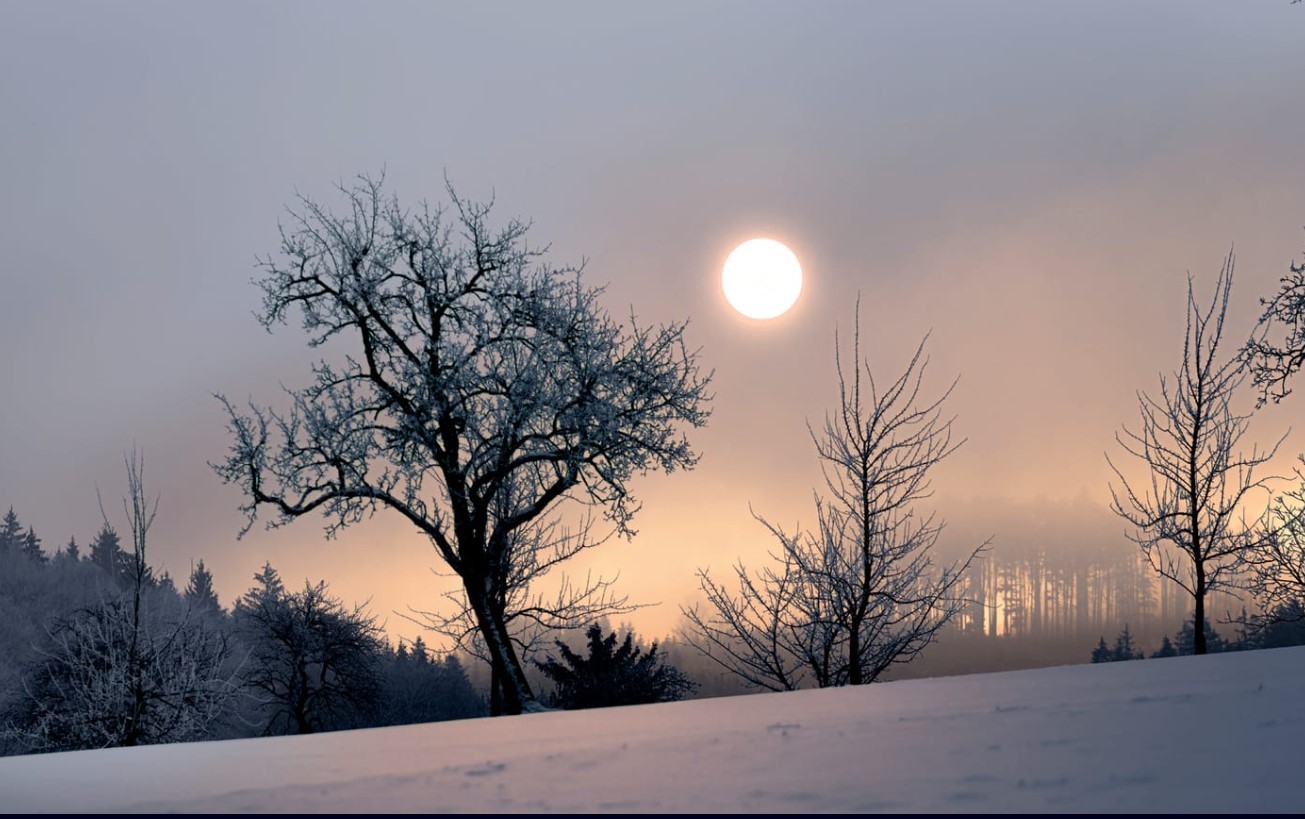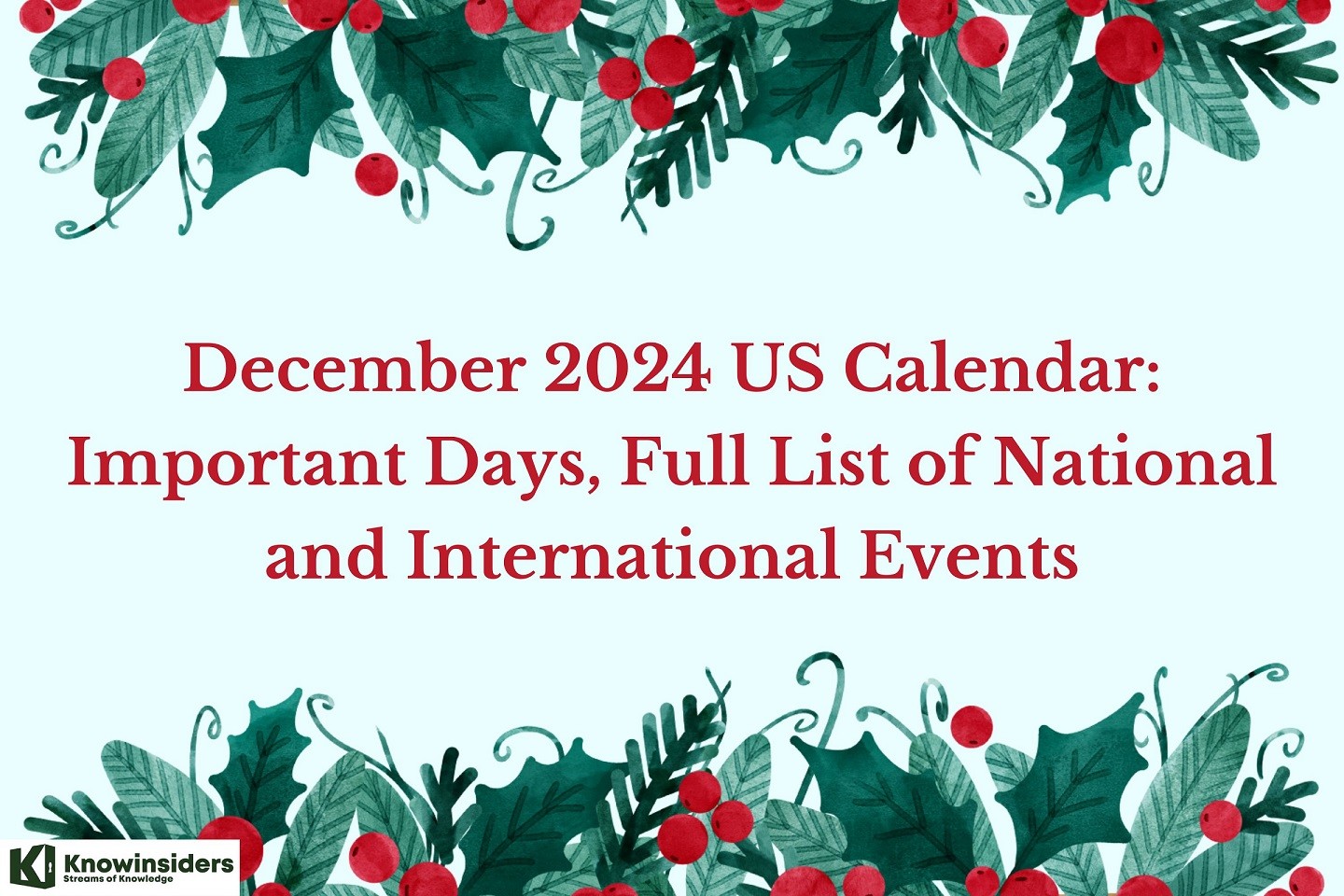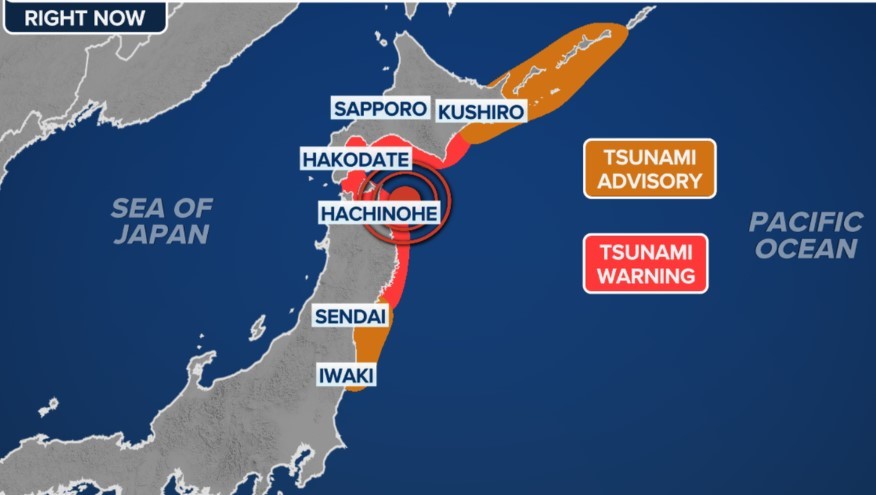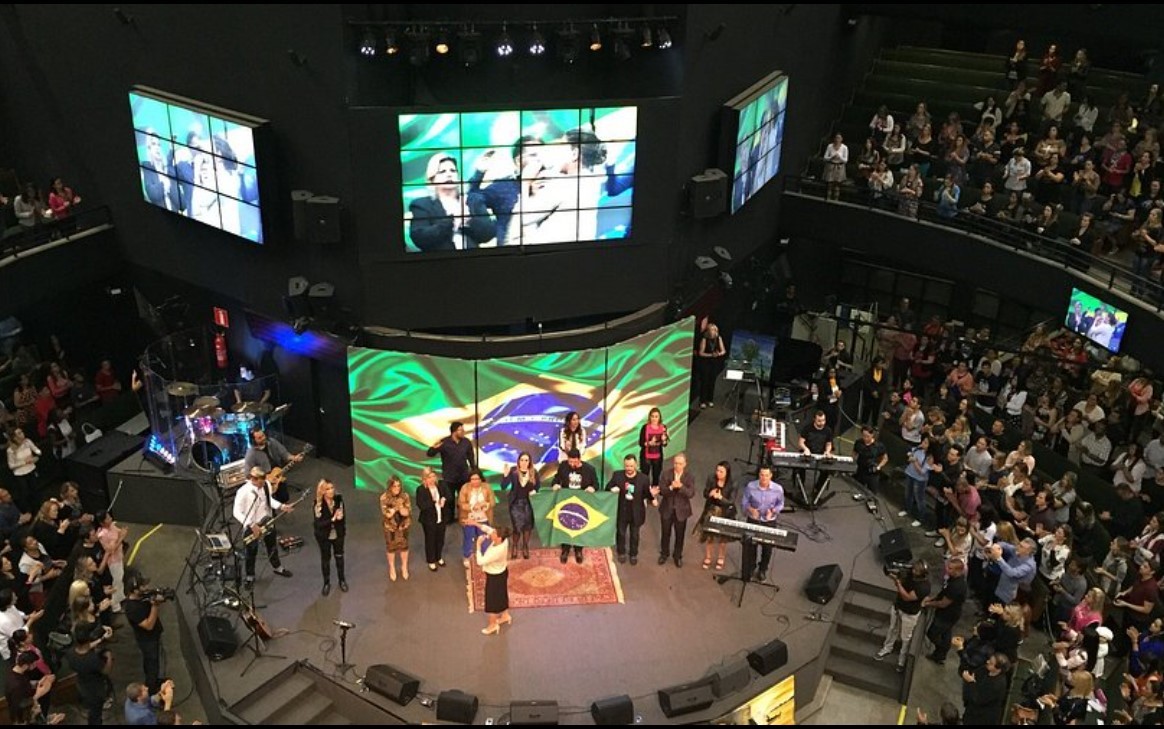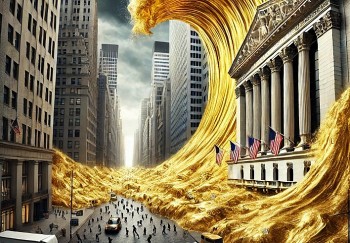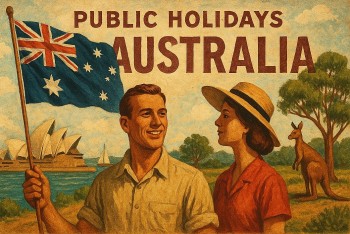Why Winter Solstice Celebrations Are Making a Comeback in America
 December 2025 U.S. Visa Bulletin: What Indian Applicants in EB-1 & EB-2 Need to Know December 2025 U.S. Visa Bulletin: What Indian Applicants in EB-1 & EB-2 Need to Know |
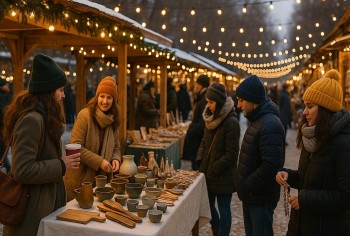 The Quiet Rise of December Craft Fairs: How Local Makers Are Reshaping Holiday Traditions in the United States The Quiet Rise of December Craft Fairs: How Local Makers Are Reshaping Holiday Traditions in the United States |
 |
| Fire Circle on the Longest Night |
December in the United States carries a familiar emotional weight. Streets fill with bright lights and recorded music. Stores turn chaotic. Calendars crowd with office parties and family events. The month has become a cycle of consumption and logistics, something Americans endure as much as they enjoy.
Amid that noise, a quieter holiday has returned. It is older than Christmas, Hanukkah, Kwanzaa, and every other December tradition. For centuries, cultures across the world honored the longest night of the year. The Winter Solstice marked the moment when darkness reached its peak and daylight began its slow return.
This ancient observance never fully disappeared, but it lived on the margins. Today, it is moving back into the center of American cultural life. Solstice events have multiplied across cities, forests, beaches, farms, parks, and community centers. They range from fire circles and silent night walks to sunrise gatherings, meditation ceremonies, stargazing events, and family workshops about seasonal change.
The return of Solstice celebrations is not a niche curiosity. It reflects deeper cultural shifts. Americans are questioning the speed of modern life, the pressure of the holiday season, and the distance between themselves and the natural world. Many are searching for a December ritual that feels grounded rather than commercial. In 2025, the Solstice has become that ritual.
This is the story of why.
The Search for a Grounded December
The modern holiday season is busy to the point of exhaustion. People rush between airports, stores, work deadlines, social obligations, and family commitments. Even joyful moments feel scheduled. The result is a month that rarely gives space to breathe.
The Winter Solstice offers the opposite. It invites people to slow down. To be still. To accept darkness as part of a natural cycle. For many Americans, this is both unfamiliar and overdue.
Wellness experts point out that the Solstice taps into psychological needs that traditional holidays often neglect. There is no pressure to decorate. No pressure to buy. No pressure to craft the perfect experience. Solstice gatherings center on presence rather than performance.
This resonates with people who want the holidays to feel human again. Many say the Solstice occupies a space that December was missing. It is a moment of reflection within a season defined by noise.
A Holiday Rooted in Nature During a Digital Age
The most distinct feature of the Winter Solstice is its connection to the natural world. It is a date that comes not from religious texts or historical events but from astronomy. The Earth tilts. The Sun sits lowest in the sky. Night reaches its peak.
At a time when Americans spend more hours indoors and on screens than ever before, this natural marker carries new relevance. Many Solstice events are built around outdoor experiences. Fire circles, candle walks, stargazing sessions, bird watching mornings, and forest meditations reconnect participants with the winter landscape.
In a digital era, nature becomes the antidote to overconnection. A cold quiet night offers something an algorithm cannot: perspective.
A growing number of Americans report that they feel disoriented by the pace and fragmentation of contemporary life. The Solstice becomes a counterpoint. Its meaning is simple. It marks something that has happened for billions of years. It remains unchanged even as society transforms around it.
That stability draws people in.
Science and Spirituality in the Same Space
One rare strength of the Solstice is its flexibility. It belongs to no single belief system. A scientist, a secular family, a Christian group, an Indigenous community, and a group of mindfulness practitioners can all observe the Solstice without contradiction.
This inclusivity sets it apart from other December holidays. Many Americans feel caught between religious traditions they no longer practice and secular traditions that feel commercial. The Solstice avoids this tension. It sits at the intersection of understanding the natural world and reflecting on personal meaning.
For scientists and educators, the Solstice is an opportunity to explain astronomy. For spiritual communities, it represents rebirth and intention. For families, it becomes a tool to teach children about seasonal cycles.
The holiday’s adaptability helps explain its rapid growth.
Fire: A Symbol with Unexpected Power
At the center of many Solstice celebrations is fire. A bonfire. A circle of candles. A lantern walk. These elements appear across cultures and across centuries.
To modern Americans, fire has taken on symbolic weight. It represents warmth in a cold month. It represents community in an isolating era. It represents the return of light after darkness.
Fire circles, in particular, have gained popularity. They offer a sense of ceremony that feels authentic without feeling rigid. Participants gather on the longest night. They share stories, gratitude, fears, or hopes. Some write intentions on small pieces of paper and place them in the flames. Others simply sit in silence.
People describe these gatherings as peaceful, grounding, and emotionally clarifying. In a season known for overstimulation, the simplicity of fire becomes profound.
Solstice Gatherings as Community Wellness Events
What began as spiritual or cultural gatherings has expanded into wellness experiences. Many Solstice celebrations now incorporate practices like:
• guided meditation
• breathwork
• gentle movement sessions
• sound baths
• reflective writing
• group song
• sunrise yoga
These events attract people who want a healthy or introspective December. For many, the Solstice becomes a reset button. They use it to mark the end of the year before the frenzy of New Year’s Eve.
Wellness organizations, outdoor education centers, yoga studios, and even some public libraries now host Solstice events. At a time when Americans report high levels of anxiety and burnout, the holiday’s focus on reflection and balance feels relevant.
This blending of cultural ritual and wellness practice is part of why the Solstice has gained mainstream appeal.
Families Are Reimagining Their December Rituals
Although Solstice traditions may appear introspective, they have become surprisingly family friendly. Parents are increasingly drawn to nature based holidays that do not revolve around gifts. Many want their children to understand the natural world and the rhythm of seasons.
Solstice celebrations offer hands on learning. Children can light lanterns, track sunset time, build simple crafts from natural materials, or learn why days grow longer starting in late December. Many families hold small at home rituals. They light candles at sunset. They share one thing they appreciated during the year. They spend the evening without screens.
Parents say these practices build calm moments within a hectic season. Children often enjoy the sense of ceremony that does not rely on buying anything.
In multi religion or mixed tradition households, the Solstice becomes a neutral shared holiday. It does not conflict with other celebrations. It complements them.
The Environmental Connection
Environmental groups have taken interest in Solstice celebrations because they offer a natural entry point to discuss ecology. The holiday is based on Earth’s cycles, which makes it an ideal moment to introduce topics like:
• seasonal animal behavior
• winter plant adaptations
• light pollution
• sustainable living
• local ecosystems
Outdoor education centers host Solstice night hikes that include wildlife spotting. Permaculture farms host gatherings that teach winter gardening. Community groups use the Solstice to promote environmental stewardship.
In a time of climate concern, many Americans find comfort in understanding nature’s long term rhythms. The Solstice symbolizes continuity even as the environment faces stress.
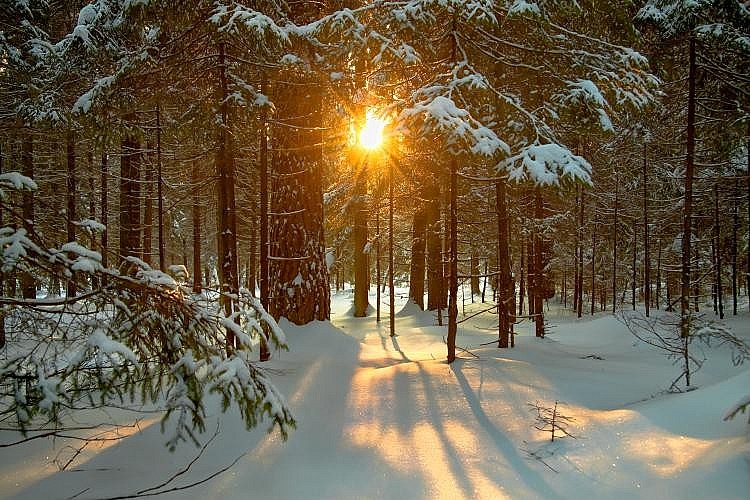 |
| Winter Solstice |
Solstice and Mental Health
The Winter Solstice arrives during the darkest period of the year, which coincides with higher rates of seasonal depression. Mental health professionals note that Solstice rituals can help people cope with reduced daylight.
The acts of lighting candles, gathering with community, spending time outdoors, and acknowledging the change in season provide emotional grounding. These rituals create a sense of belonging and stability.
Solstice events often encourage participants to honor the darkness rather than fear it. This reframing helps people accept winter as a time of rest rather than something to endure.
For many Americans who struggle with the emotional weight of December, the Solstice offers a healthier rhythm.
Inclusivity as a Cultural Advantage
One of the strongest reasons for the Solstice revival is its inclusivity. People who celebrate Christmas, Hanukkah, Kwanzaa, Diwali, or no winter holiday at all can join Solstice gatherings. The holiday welcomes everyone without asking them to adopt a specific worldview.
This inclusive quality makes the Solstice appealing in diverse communities. It becomes a bridge holiday. It allows neighbors from different backgrounds to share space without navigating cultural sensitivities.
In a time when public celebrations can feel politically or socially charged, the Solstice remains neutral in the best possible way. It is not about belief. It is about the Earth and the turning of the year.
A Counterweight to Commercial December
Solstice celebrations have grown partly as a response to the commercialization of December. Many Americans feel emotionally fatigued by the constant pressure to buy, decorate, and perform holiday cheer.
The Solstice contains none of that. It is free. It is natural. It is quiet. It asks nothing except presence.
This stripped down quality appeals to people across socioeconomic backgrounds. The holiday does not require decorations or travel. It does not require a perfect home or large gatherings. It requires only awareness.
In a season shaped by marketing, the Solstice feels honest.
 |
| The winter solstice — the precise moment when the Sun appears farthest south in the sky — is at 4:21 a.m. Eastern Standard Time (EST) on Saturday, Dec. 21, in the Northern Hemisphere |
The Cultural Significance of Darkness
American culture tends to avoid darkness as a concept. It associates darkness with negativity or danger. The Solstice challenges this mindset. It frames darkness as part of a cycle. It carries meaning. It precedes light.
This symbolic understanding has gained relevance at a time when many Americans feel uncertain about the future. The Solstice reminds them that cycles of darkness eventually turn toward brightness. It is not an escape from difficulty but a recognition that transformation is possible.
This philosophical dimension has helped the Solstice resonate with artists, writers, therapists, and educators who see the holiday as a metaphor for resilience.
A Holiday That Encourages Reflection
The Solstice has become one of the few December traditions that openly encourages reflection. Many celebrations incorporate moments of silence or guided introspection. People consider what they are letting go of and what they want to carry forward.
This reflective quality stands in contrast to New Year’s Eve, which often focuses on celebration rather than contemplation. For some Americans, the Solstice becomes the true emotional end of the year. New Year’s Eve becomes the social end.
The distinction is subtle but meaningful.
Why the Solstice Revival Matters
The return of Solstice celebrations is not a trend shaped by marketing. It is a cultural response to deeper needs. Americans want meaning. They want calm. They want connection. They want rituals that feel timeless rather than manufactured.
The Solstice provides these things without demanding anything in return. It does not compete with other holidays. It complements them. It expands December rather than replacing it.
Its revival reflects a broader shift in the United States toward intentional living, slower holidays, and greater respect for nature. In a time of polarization, the Solstice offers common ground.
Conclusion
The Winter Solstice is one of the oldest human celebrations. Its revival in America shows that ancient rituals often return when society needs them most. In a season marked by noise, the Solstice offers quiet. In a month shaped by commercial pressure, it offers simplicity. In a world increasingly disconnected from nature, it offers a direct line back to the Earth.
Its growing popularity reflects a desire for balance, meaning, and community. It shows that Americans are willing to reshape their December traditions when old patterns stop serving them.
The Solstice is not a competition with modern holidays. It is a reminder that the end of the year can be reflective rather than rushed. It is a moment where anyone can pause, breathe, and acknowledge the turning of the light.
This is why the Winter Solstice will continue to rise in the United States. It gives people something they have been missing. A sense of rhythm. A sense of connection. A sense of peace.
Frequently Asked Questions
1. Why is the Winter Solstice becoming popular again in the United States?
Because many Americans want a non commercial December tradition that centers on nature, community, and quiet reflection. The Solstice offers grounding during a hectic season.
2. What do people do during Winter Solstice celebrations?
Common activities include fire circles, night walks, candle lighting, meditation, storytelling, stargazing, and sunrise gatherings. Families often incorporate simple at home rituals.
3. Is the Winter Solstice a religious holiday?
The Solstice is not tied to a specific religion. It is based on astronomy. People from all belief systems can observe it.
4. Can Solstice celebrations be combined with Christmas or Hanukkah?
Yes. Many families treat the Solstice as a complementary holiday focused on nature and reflection rather than a religious or gift centered ritual.
5. Are Winter Solstice events family friendly?
Most are. Many include children’s activities like lantern making, crafts from natural materials, and educational programs about seasons and astronomy.
 Washington Calendar 2025: List of Holidays, Festivals in Culture, Music, and More Washington Calendar 2025: List of Holidays, Festivals in Culture, Music, and More Washington State in 2025 is set to deliver a year full of exciting festivals that showcase its stunning landscapes, rich cultural diversity, and creative energy. ... |
 UK Festival Calendar 2025: Complete List of Winter, Spring, Summer & Autumn Events UK Festival Calendar 2025: Complete List of Winter, Spring, Summer & Autumn Events This 2025 UK Festival Guide covers the full list of major and hidden-gem festivals across all seasons—Winter, Spring, Summer, and Autumn. Whether you're planning a ... |
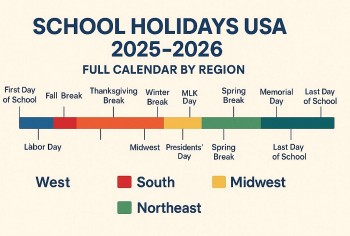 School Holidays USA 2025–2026: Complete Guide by Region and State School Holidays USA 2025–2026: Complete Guide by Region and State Whether you're a parent managing family logistics, a teacher planning the year ahead, or a student counting down to vacation, knowing the exact school holiday ... |
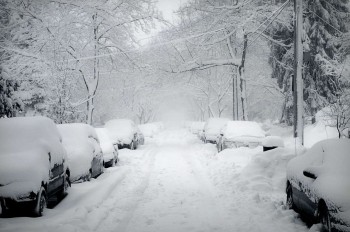 First Snowfall Forecast Winter 2025–26: When Will It Snow in the US? First Snowfall Forecast Winter 2025–26: When Will It Snow in the US? See when and where snow will fall first in the US this winter. Full 2025–26 snowfall forecast, coldest cities, regional outlooks, and expert predictions. |

